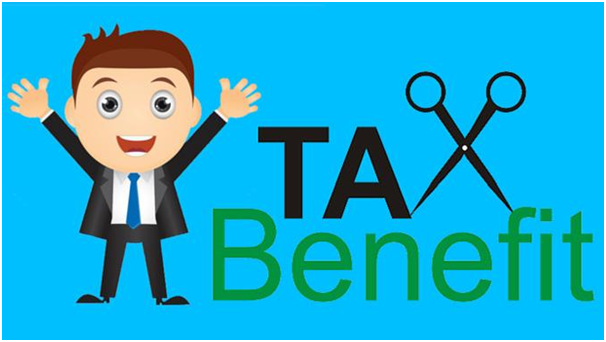|
The tax code is a complex system of laws and regulations that govern how individuals and businesses are taxed. It can be difficult to understand, especially for those who are new to the world of taxes. However, with a basic understanding of the tax code and its principles, you can become a more informed and empowered taxpayer. The tax code is created by Congress and is administered by the Internal Revenue Service (IRS). It sets forth rules for determining how much income is taxable, what deductions and credits are available, and how taxes are calculated and collected. The tax code is constantly changing and evolving, and it is important to stay informed about any updates or changes that may affect you. One of the fundamental concepts in the tax code is taxable income. This is the amount of money you earn from all sources, including wages, investments, and business activities. Your taxable income is used to determine your tax liability, which is the amount of tax you owe. The tax code defines a series of deductions and credits that can reduce your taxable income and your tax liability. Deductions are expenses that are subtracted from your taxable income to lower your tax bill. Some common deductions include charitable contributions, mortgage interest, and state and local taxes. However, not all expenses are deductible, and some are subject to limits. Credits are reductions in your tax liability that are calculated directly against the amount of tax you owe. For example, the Earned Income Tax Credit is a credit available to low- and moderate-income taxpayers, and it can reduce your tax bill dollar-for-dollar. Other credits include the Child Tax Credit and the American Opportunity Tax Credit, which provides a tax credit for education expenses. Another important principle in the tax code is the progressive tax system. This means that the more you earn, the higher your tax rate. The tax code defines a series of tax brackets, each with its own tax rate, and your taxable income is taxed at the rate that corresponds to your bracket. For example, in 2022, the tax rate for individuals earning up to $14,000 is 10%, while the tax rate for individuals earning over $208,850 is 37%. In addition to the federal tax code, many states have their own tax codes and tax systems. Some states have state income taxes, while others have sales taxes or property taxes. It is important to understand the tax laws in your state, as they can have a significant impact on your overall tax bill. Finally, it is important to understand the process of filing taxes. Every year, taxpayers must file a tax return with the IRS. This is a document that reports your taxable income and the amount of tax you owe. If you owe taxes, you must pay them by April 15th. If you are due a refund, you will receive it after your tax return has been processed. In conclusion, the tax code is a complex system of laws and regulations that govern how individuals and businesses are taxed. By understanding the basic concepts of taxable income, deductions, credits, the progressive tax system, and the process of filing taxes, you can become a more informed and empowered taxpayer. If you have questions or need help, it is always a good idea to seek the advice of a tax professional or use online tax resources.
0 Comments
Leave a Reply. |
�
categories
Categories
All
|



 RSS Feed
RSS Feed